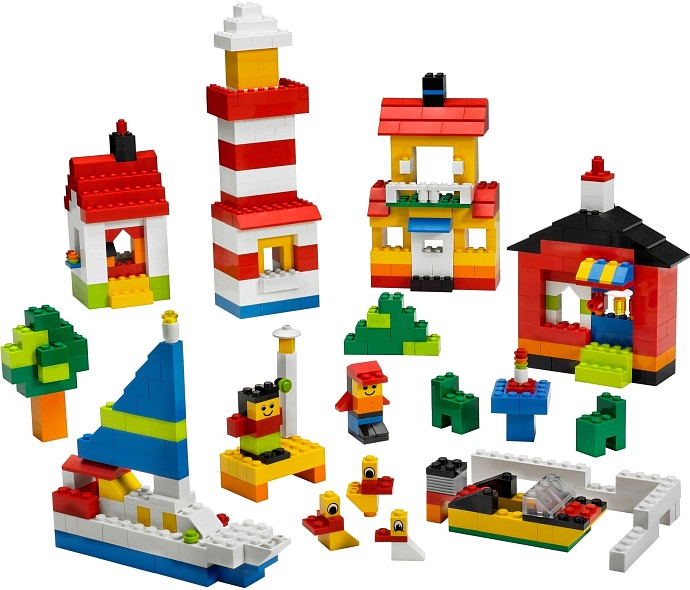Call me a troll if you want, but I'm serious: how exactly is the new SOA trend any different than the client-service architecture that I was building 15 years ago? I keep hearing SOA but I don't see how it's different than what we've always done.
Back 10 years ago, my company had multiple clients (in multiple languages) which talked to the same service. It wasn't XML (it was a binary protocol called Microsoft DCOM) and there wasn't auto-discovery through WSDL but that's OK since reading the docs was just as easy. Our system was even "open" in the sense we documented it enough to allow 3rd parties to talk to our services. We were not pioneers - every other company I knew 10 years ago was doing the same thing.
The ONLY difference I see between then and now is that now there's a single service available on the internet, whereas 10 years ago, each customer would host his own instance of the service. But that's not an architecture issue - where the service physically lives is transparent to anyone using the service.
So what exactly is SOA that's different than what we've been doing for years? Is SOA simply a marketing term representing a best practice that actually became common a long long time ago? Or am I missing some subtely to SOA that's different than what we've been doing all along?

